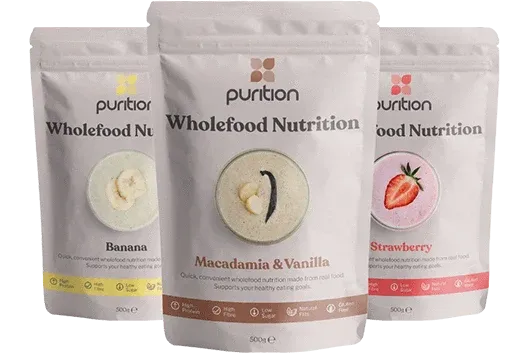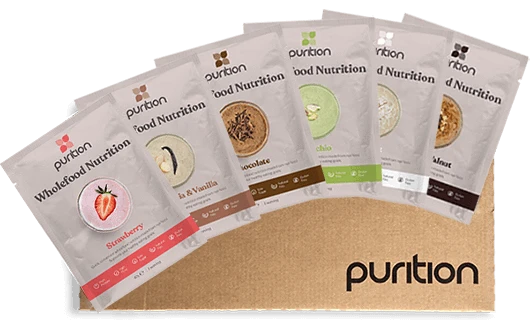In our journey to better health, we often rely on tools and apps to guide our decisions. While these digital aids can sometimes provide useful information, it's crucial to understand their limitations. For example, many popular food tracking apps base their health assessments on simplified criteria, including fat content and calorie count per 100g. While this offers a generalised guide, it can sometimes mislead users when considering foods high in healthy fats, like nuts and seeds.
Firstly, let's dispel the misconception: Not all fats are created equal.
Our bodies need dietary fats for:- Energy
- Cell function
- Absorption of certain vitamins
- Hormonal balance
While it's true some fats, like trans fats, can harm our health, others, like monounsaturated and polyunsaturated fats found in nuts and seeds, are incredibly beneficial.
Unfortunately, many apps do not differentiate between these types of fats. Nor do they differentiate between ultra-processed foods and minimally processed whole foods, which have different impacts on our health.
This can lead to healthy foods getting flagged as 'unhealthy' due to their high fat content per 100g.

How much fat?
One such example is Purition, which has a fat content of 32% per 100g. However, a standard serving size is just 40g. Therefore, in a single serving, you're not consuming 32g of fat; instead, you're getting around 12g.
Furthermore, these fats are from nutritious whole food sources, like nuts and seeds, offering your body valuable nutrients and a steady energy supply.
Another factor to consider is the context of consumption. Purition is designed to replace an entire meal so when you compare the 12g of healthy fats in a serving to the average fat content of a typical meal, the quantity is indeed modest.
Lastly, remember that focusing on a single macronutrient like fat does not provide a complete picture of a food's nutritional value or its effects on our health.
Instead, consider the quality and source of nutrients, and the food's role within your overall diet.
Foods made from minimally processed whole foods offer far more than just macronutrients (carbohydrates, protein and fat) — they provide a variety of vitamins, minerals, and fibre that our bodies need.
In conclusion, while food tracking apps can be helpful, they don't tell the whole story.
It's essential to look beyond simple percentages and understand the broader context of what you're eating. After all, good nutrition is about more than just numbers—it's about nourishing your body with wholesome, minimally processed foods.



